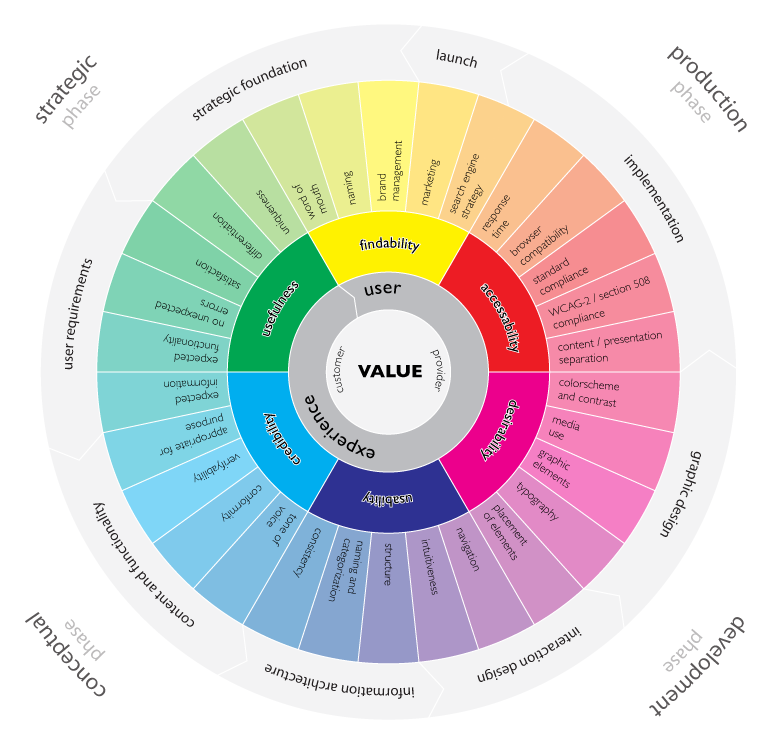I’m really excited to announce that I’m going to be working very closely with Pam Weil and Associates, a highly-esteemed East Lansing tech firm led by Pam Weil. I started working with Pam and her team in her recent bid for Ingham County Commissioner and it was an incredibly satisfying experience. Pam has a deep knowledge of tech, business and how all of these things can be brought together with digital strategy.
A Deep Bench
One of the most exciting parts about working with Pam Weil and Associates is the deep bench that she’s developed. With years of experience in the East Lansing community and working at Michigan State University, she has designers, network people, system architects and all kinds of tech specialists she can mobilize in just about any type of engagement.
Mission and Purpose
However, the single greatest thing that Pam Weil understands, within the scope of how she runs her firm, Pam Weil and Associates is the soul of an organization. First and foremost, Pam has a motto that she says often: “The single greatest motivator is progress on meaningful work” and she manages her business and help people with that motto always in mind. Pam truly believes that meaningful work is the most important thing that we can be doing as referenced in another quote, from John Berger, that she shared with me:
“As soon as one is engaged in a productive process,” he wrote in an essay on Leopardi, “total pessimism becomes improbable. This has nothing to do with the dignity of labor or any other such crap; it has to do with the nature of physical and psychic human energy…. Work, because it is productive, produces in man a productive hope.”
Here’s a little more about Pam Weil and Associates from their website:
Pam Weil & Assoc. is led by veteran IT leader, Pam Weil, who holds the highest level of of DR/Disaster Recovery certification, as well as a being ITIL certified professional with extensive experience in ITIL/DevOps. With years of experience leading IT operations, management and digital strategy, Pam has an acute knowledge of how all the pieces of IT and digital services come together and the knowledge to glean insights from where they intersect.
Pam Weil & Assoc. has a strong network and a deep bench of experts in all areas of IT and digital services, because of that network we offer a wide range of services to our clients. We specialize in delivering the service and information you need to measure and improve customer satisfaction, optimize your service delivery metrics, support budget requests and to clearly articulate IT’s value to your organization. Our services will allow you to optimize your technology budget’s impact and give you the information you need for high-quality planning and vendor management.
At Pam Weil & Assoc. we use an agile, continuous integration project management methodology to provide meaningful bi-weekly deliverables, as well as continuous status monitoring. Our use of the industry standard ITIL/ Dev Ops framework means our service deliverables will dovetail with future development and vendor supported service aspects.
Our clients consist of small businesses, non-profits and schools/universities throughout Michigan.
Anyway, I’ll still be here, but the strength and diversity of skillsets that comes with my partnering with Pam Weil and Associates is quite exciting and I look forward to the amazing projects that we’ll be taking on.








